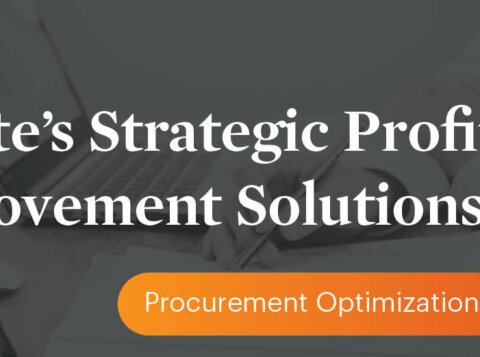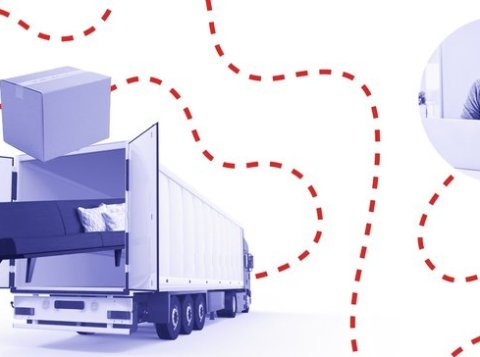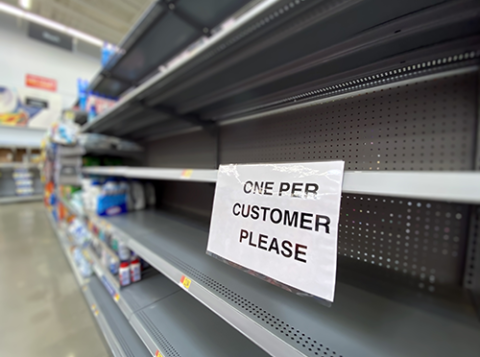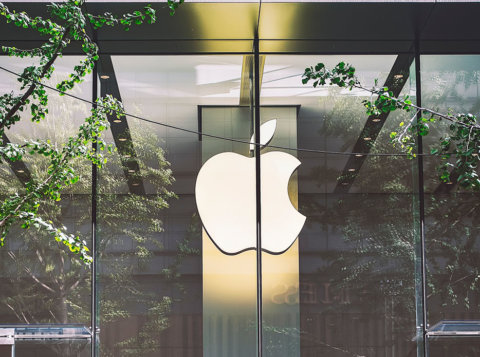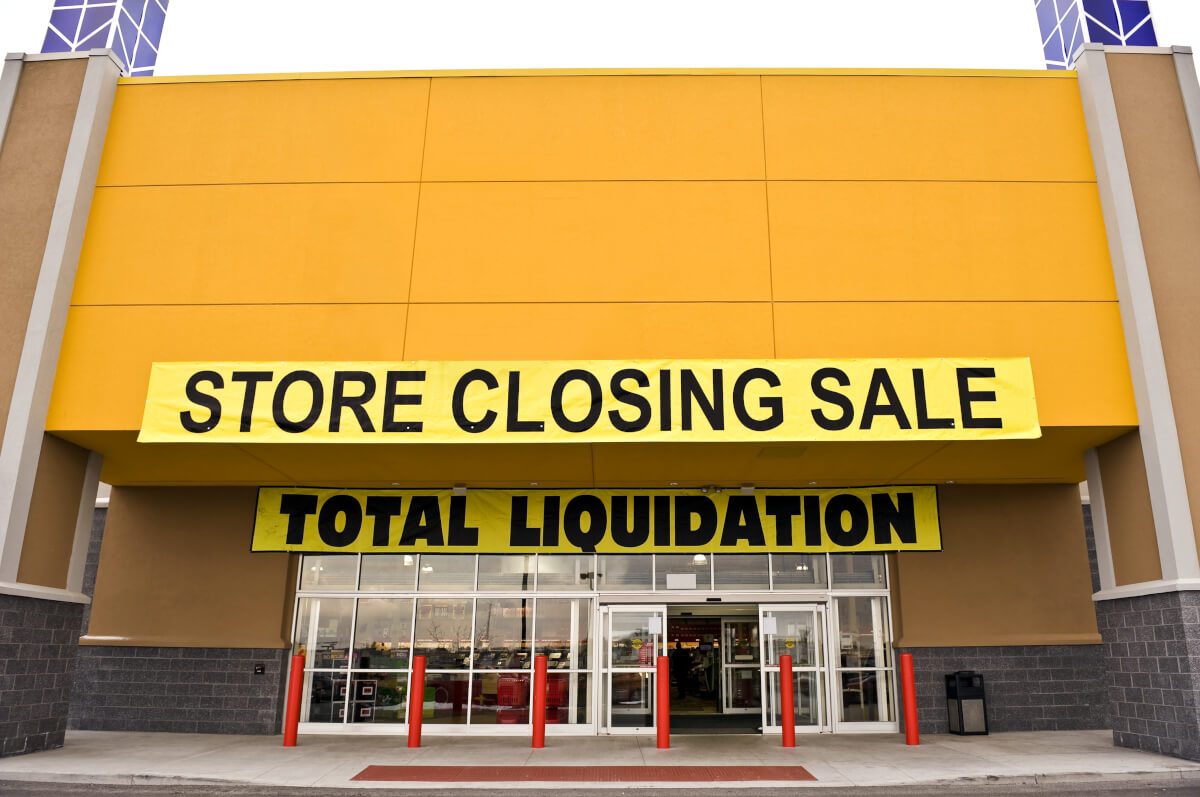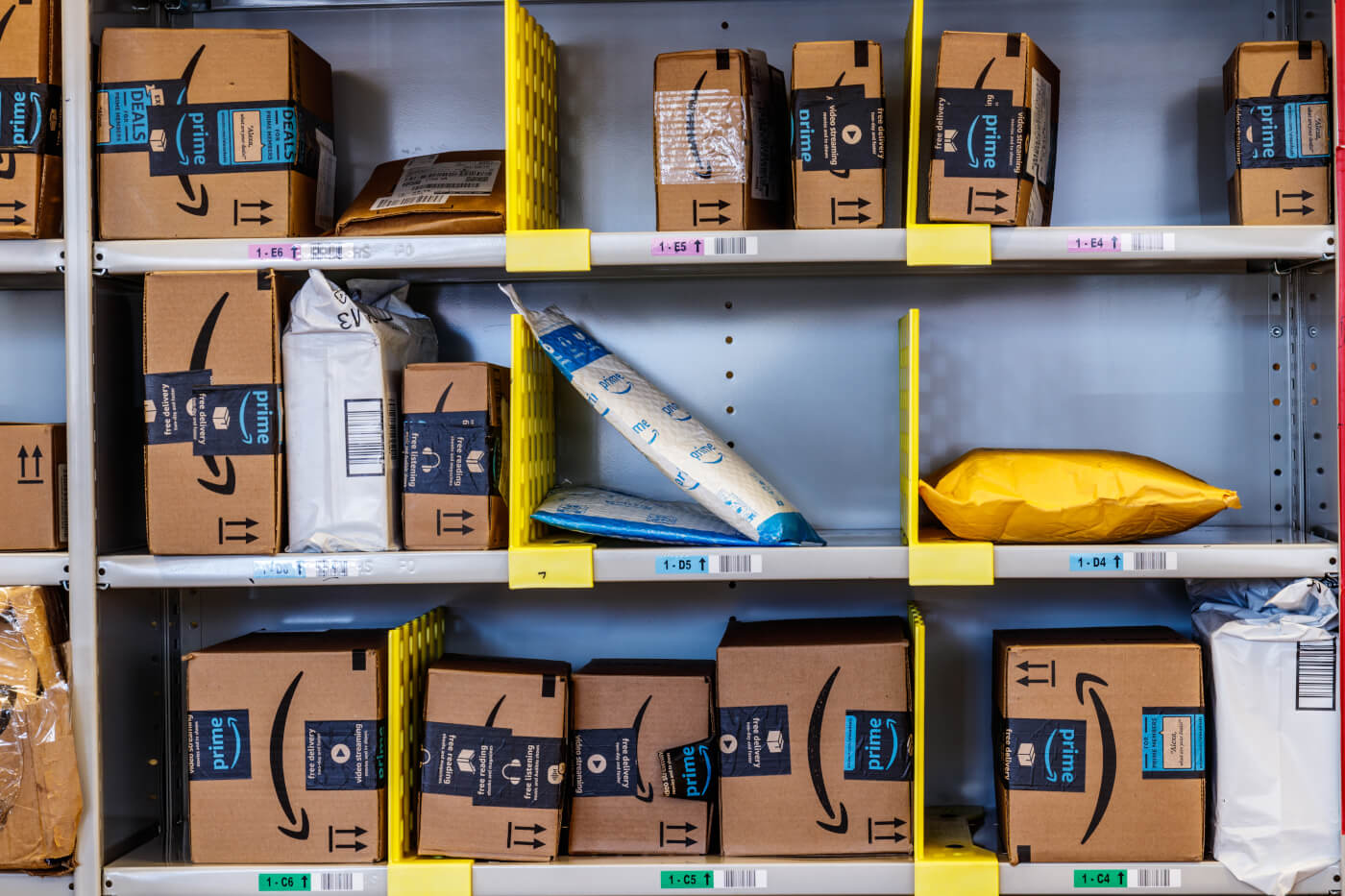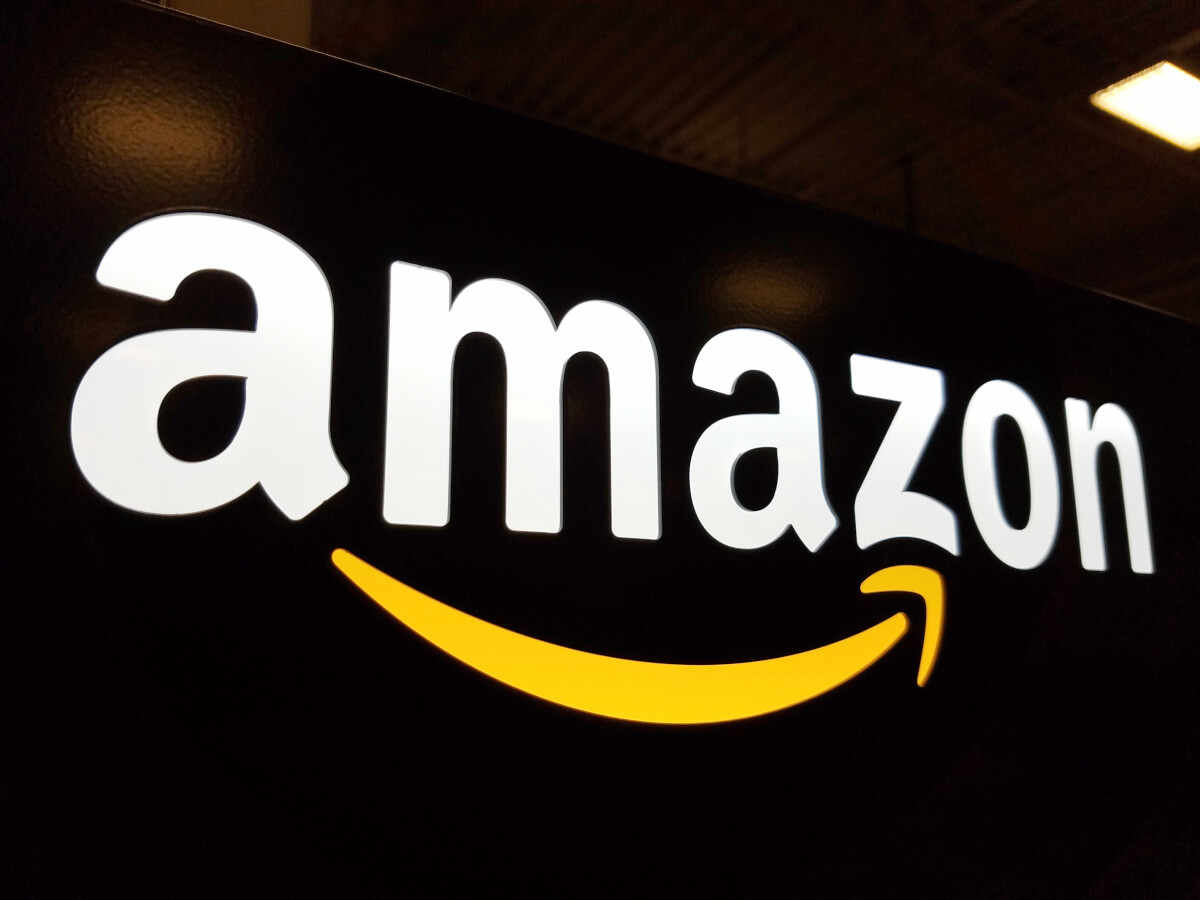Establishing Vendor Management Office Delivers Financial and Operational Advantage

Establishing a vendor management office is a critical step to obtaining efficiencies in the supply chain.
Change is constant, so too is the need to contain costs and improve operational efficiency in this highly competitive world. Achieving these efficiencies often means an increasing reliance on third-party vendors for materials, technology and service critical to a business. As reliance on outside parties has increased far too often due to a lack of time or attention, these relationships are not proactively managed, allowing costs and performance to deviate from plan. This is especially true amid organizational change (mergers and acquisitions, organizational redesigns, transformation efforts, etc.). Hence the need to evolve to a new structured approach to vendor management. Establishing a vendor management office (VMO) is a critical step to obtaining this additional value.
Simply put, a VMO is responsible for the overall management of vendor relationships and contracts within its purview. Depending on the spend size, the VMO can provide global support or focus on significant spend areas like information technology, high-tech components or raw materials. The VMO ensures adherence to a structured process to vendor negotiations, identifies vendor cost reduction opportunities, supports vendor evaluations, coordinates vendor communications, conducts regular vendor performance reviews and gathers data and reports on vendor performance metrics, among other crucial activities. Properly implemented, a VMO helps the business by improving cost management, increasing operational efficiency, enhancing vendor accountability and empowers executives focus on more strategic matters.
The VMO approach is a natural step in the evolution of corporate purchasing. For decades, many companies simply made transactional purchases at market price (i.e. procure the product). In the late 1980s, strategic sourcing became in-vogue, ushering in an era of category management and strategic cost control over the simplistic tactical low-price purchasing of yesteryear. After the initial sourcing effort, the vendor was put aside and the primary user of a good or service was expected to manage the vendor relationship. Too often the day-to-day demands of the job, big projects and other competing priorities let these vendor relationships go awry. In some extreme instances, so little attention is paid to the vendor relation that contracts are forgotten and end up being automatically renewed. VMOs can more effectively manage relationships by instituting a vendor lifecycle approach.
The vendor lifecycle approach involves a wide range of steps or activities that fall into three broad phases — pre-contracting, contracting and ongoing relationship management. During the first phase, the VMO weighs vendors’ capabilities against the company’s needs, develops a vendor negotiation strategy, sends out requests for proposals (RFPs) and reviews the completed proposals. It then enters the contracting phase with the short list of qualified vendors, conducting fact-based negotiations, performing due diligence through a series of reviews, and ultimately, signing contracts that include a full range of terms to manage performance and protect the business, including key performance indicators (KPIs) and service level agreements (SLAs).
While many of these activities are commonly performed during the first two phases of a sourcing effort, it is at the ongoing relationship management phase where the VMO truly shines. Some industries, such as healthcare, are having vendor performance standards mandated such as Centers for Medicare & Medicaid Services (CMS) requiring healthcare providers to establish defined service levels for IT vendors in order to measure and report on this compliance information. Even if there is no mandate, defining what constitutes performance can cover metrics such as availability, errors, satisfaction and others. Vendor performance data is integrated into and tracked via the vendor dashboard; this continuous performance monitoring allows for course correction before a small problem becomes a threat to supply availability. Periodic reviews that include the VMO, company stakeholders and vendor representation add value by ensuring all parties receive feedback to keep them aligned around the goals for the relationship. The discussions held during these reviews can also open the door to new opportunities for the vendor to add value to the business as the relationship deepens over time.
What goes into the establishment of a VMO? It starts with the acknowledgment that the vendor management process is lacking; that a notable spend area is not bringing in the anticipated bang for the buck or is even proving to be problematic due to service issues. Staffing will likely draw upon people from the existing purchasing organization, the business unit and possibly even outside hires if the internal skill gaps appears too large to bridge through training. Some organizations opt to outsource their VMOs entirely. The technology spend for establishing a VMO is fairly minimal, though a contract repository that can help feed information to vendor performance dashboards is an absolute must.
Ultimately, a VMO is powered by people, policies and processes. The cost savings alone should yield a positive return on investment, while the additional value it can generate makes it virtually priceless. The benefits of improved vendor relationships that come about through better communication, coordination and even collaboration are powerful, as is the improved governance that results in increased performance, consistency and contract compliance. As companies continue to grapple with change, the VMO concept presents a powerful way to drive value and efficiency throughout the organization while keeping focused on forward momentum.
This article was published in Supply & Demand Chain Executive.





